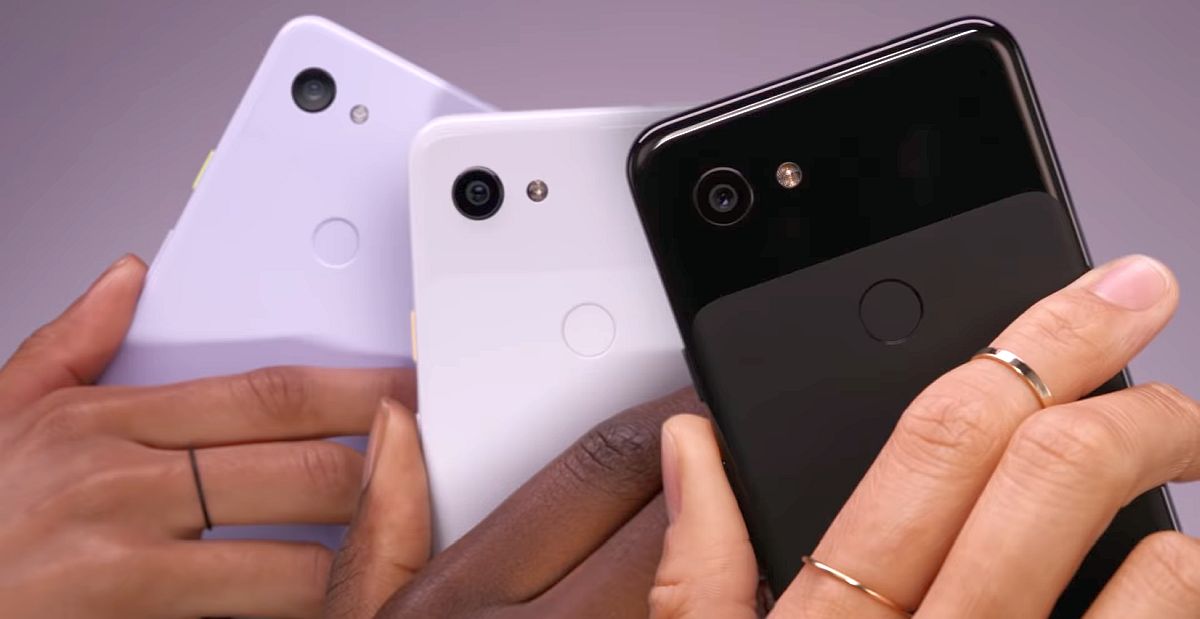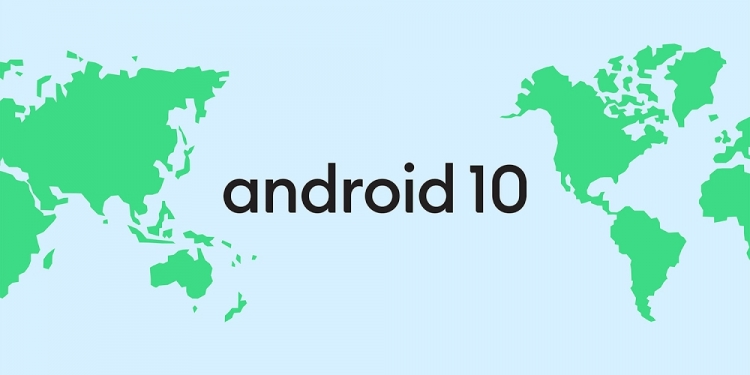Finally. Android 10 has been officially launched, although the rollout—as expected—is limited to Pixel phones for the day one update. This includes the 3-year old original Google Pixel, but Google is promising to bring the update to other smartphones in 2019, along some launch devices as well.
Among the updates is the expected Dark Theme, which has been something that users have been awaiting for awhile now. This means that Google’s native apps will commit to supporting the new Dark Theme, although The Verge reports that Gmail support for the Dark Theme will only be arriving later this month. But in general, menus and the overall look of Android 10 smartphones will be shrouded in the new theme (yes, please).
But one of the more interesting updates that comes with Android Q is the implementation of gesture navigation, which will work in a similar way to how the iPhone’s gesture navigation works. This means that with gesture navigation enabled, users will swipe up to go to the home screen, swipe up and hold for recent apps, and swipe from the left or right of the screen to go back. One of the upsides to using gestures, of course, is the additional screen real estate you get once the navigation bar is gone—although you can still choose to go with a traditional navigation bar.
Android 10 will also feature a pretty critical update: Project Mainline. In essence, this will mean that “important security and privacy fixes can now be sent to your phone from Google Play, in the same way your apps update.” Google says that this will ensure that users get security patches when they’re available, as opposed to waiting for individual smartphone manufacturers to push the updates.
There are a host of other features packed within Android 10, which are aimed towards further streamlining the experience of users. “Focus mode”, for example, makes it easier to silence apps whilst working on something, while there will be more privacy and security features included as well.
There will also be “Live Caption”, which Google says will automatically caption videos, audio, or even podcasts. However, that will only be made available later in the year, with Pixel phones to get the update once it’s available.
This will be Android’s first update then won’t be sweet-themed, after they announced a small rebrand of sorts to the naming style, as well as some subtle changes to the logo and font of Android. Based on past updates, Google should be rolling out the Android 10 update to Pixel phones over the next few days. If you own one, head over to Settings>System>Advanced>System Update to check if Google has pushed the update to your device yet.

As for other Android smartphones, you’ll have to wait for updates from the manufacturers, with could take anywhere from weeks to months. Here’s to hoping for a quick update, as there is a ton of new updates to dig into.








